Myriad new and reimagined styles were present at this year's Cersaie, but a select few seemed to dominate the direction of mainstream Italian ceramic design on display.
RANDOMIZATION AND UNEVEN INSTALL

THE EVOLUTION OF WOOD
Wood-styled ceramic tile, despite only recently gaining popularity and market prominence—Google queries for “wood tile” are nearly nonexistent prior to 2010 —has quickly established as a design staple. Dozens of wood-styled options from multiple manufacturers have become available over the last half decade—as true for ceramics as it is for vinyl and other types of tile.

Google Trends tracks the popularity of keywords, with a 0 representing a term at its point of least popularity (i.e., fewest queries) and 100 repreenting it at its most popular.
This year, we saw a further evolution of that style. Whereas early iterations of the trend were often kept simple, showing up in variations of traditional wood patterns on porcelain planks, manufacturers today are expanding o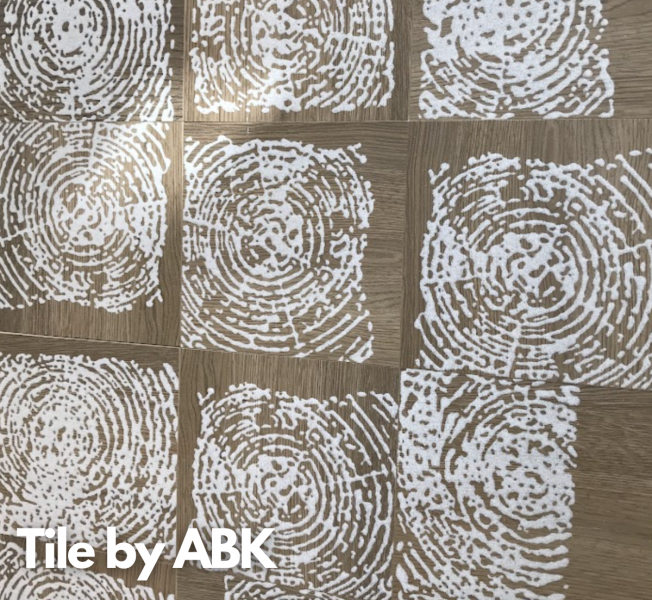 ptions in shapes and colors, and further improving upon the realness of textures.
ptions in shapes and colors, and further improving upon the realness of textures.
The Poetry Wood collection from ABK provides several examples of how the concept of wood is changing in the world of ceramics. The designs feature a variety of new color styles that experiment with light and dark values to achieve effects of age and depth on planks as well as examples of layering with glaze. Gendai Wood, a style of tile from Casalgrande Pandana’s new wood-effect collection, is another demonstration of how intentionally reminiscent of Japan's 14th-century Shou Sugi Ban technique in which thin planks of cedar are charred and sealed in oil.
Several examples of wood taking new shapes were on display throughout the show, including hexagons from Refin, chevrons from Mariner, and a variety of styles from FAP Ceramiche “inspired by the finest woodworking tradition,” according to the company.
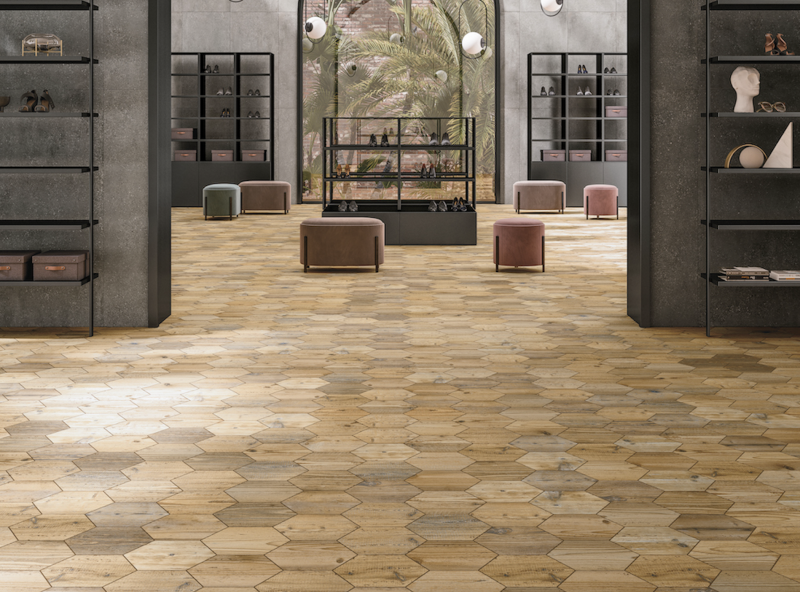
Tile from Ceramiche Refin
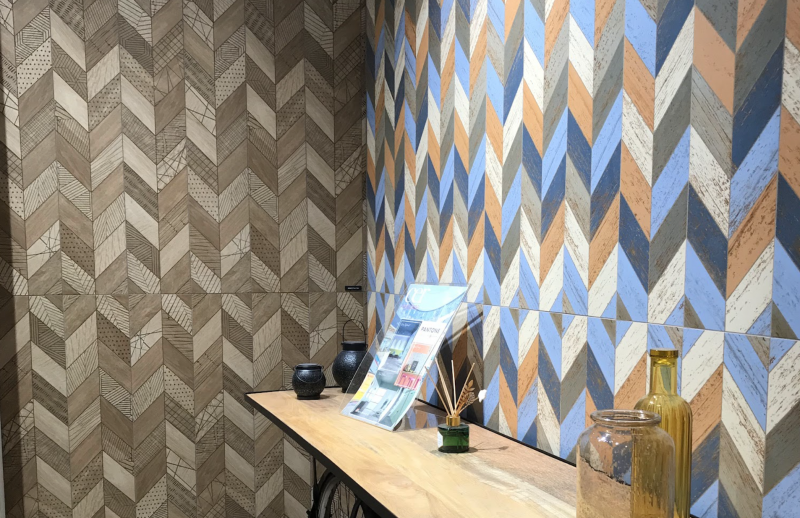
Tile from Mariner
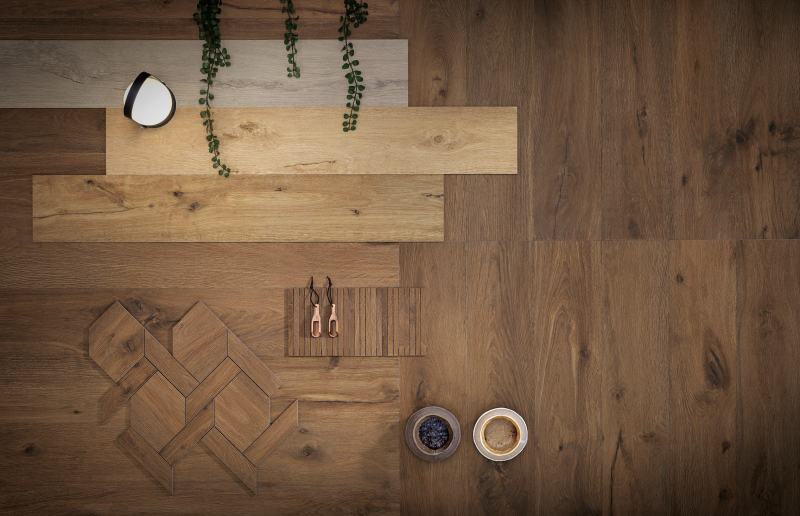
Tile from Fap Ceramiche
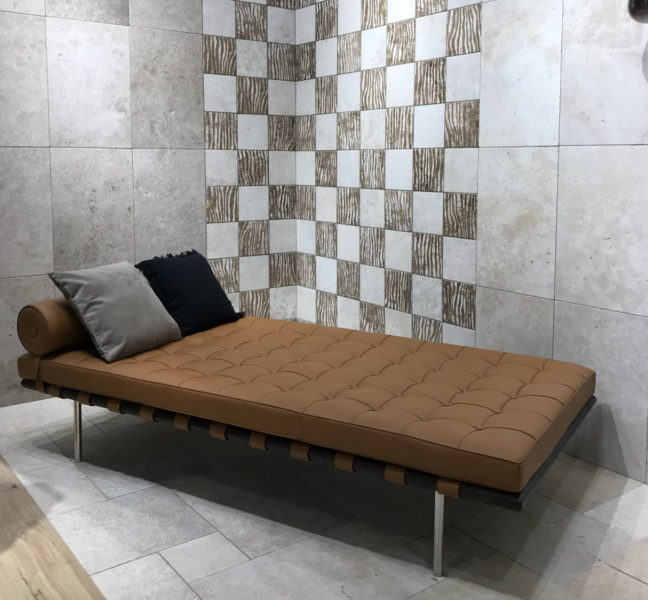
Tile from Imola

THE EVOLUTION OF BIOPHILIA—BOTANICAL AND WATER-INSPIRED
Ceramic tile’s evolution of wood is tied closely to the evolution of biophilic design, which aims to strengthen our connection with nature. Incorporating natural textures and colors in tile is one of the ways in which manufacturers have helped designers and architects achieve that end, another is imagery.
Since 2016, interest in biophilia has been growing as has its influence on home design and tile trends. This evolution is nowhere more apparent than in the proliferation of botanical imagery.

Queries for "biophilic design" have been happenign with more regularity since about 2016.
ABK’s Dark Edition, first showcased at Cersaie in 2018, serves as an early example of botanical designs on ceramic tiles. At the time, it was one of very few botanical-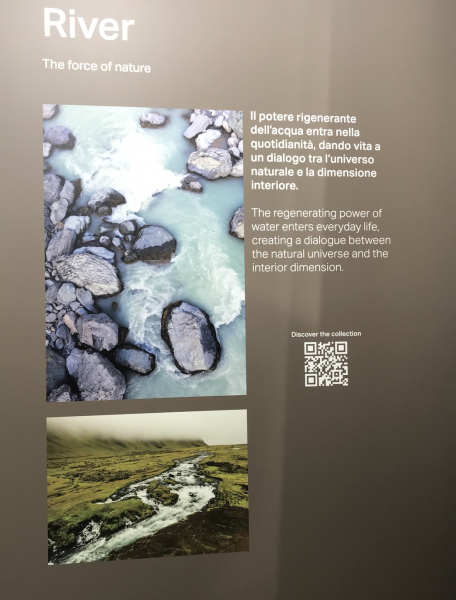 styled tiles available. This year, it was a defining trend in the show.
styled tiles available. This year, it was a defining trend in the show.
What botanical means has evolved from straightforward graphics depicting simple albeit detailed flora into a spectrum of design that uses a broad color palette, a diversity of finishes and textures (often layered), and imagery ranging from the hyper realistic to highly stylized and interpretive. The graphics are often applied in a wallpaper-type design that carries over multiple large format slabs, and that was again true at this year’s Cersaie—if not more prevalent. Though, also true was the presence of a budding trend that sees botanical graphics confined to individual tiles.
Also noticeable at this year’s show was the increased influence of waterscapes on tile design, most apparent in choices of color and imagery but also texture. Refin’s River collection is meant to mimic the smooth texture of eroded stone. The company said of the design, “The River surfaces … (create) a dialogue between nature and interior design in a continuous contamination between environments and perceptions, nature and emotions.”
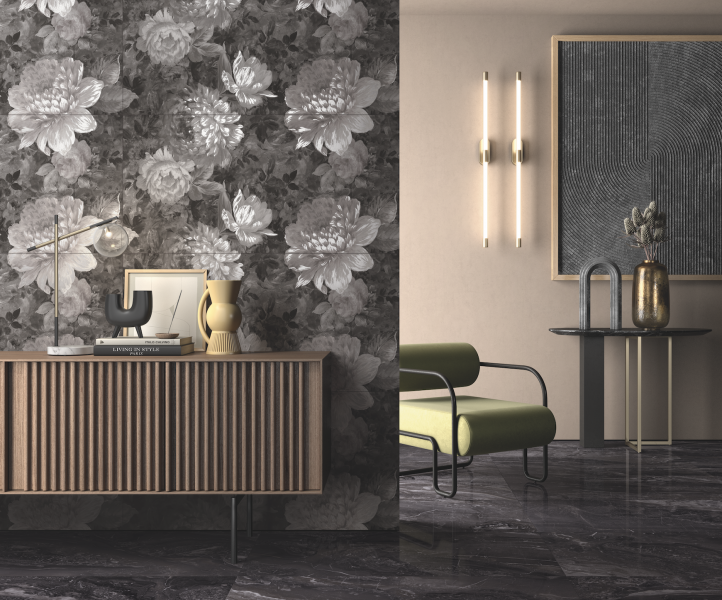
Tile from LaFaenza
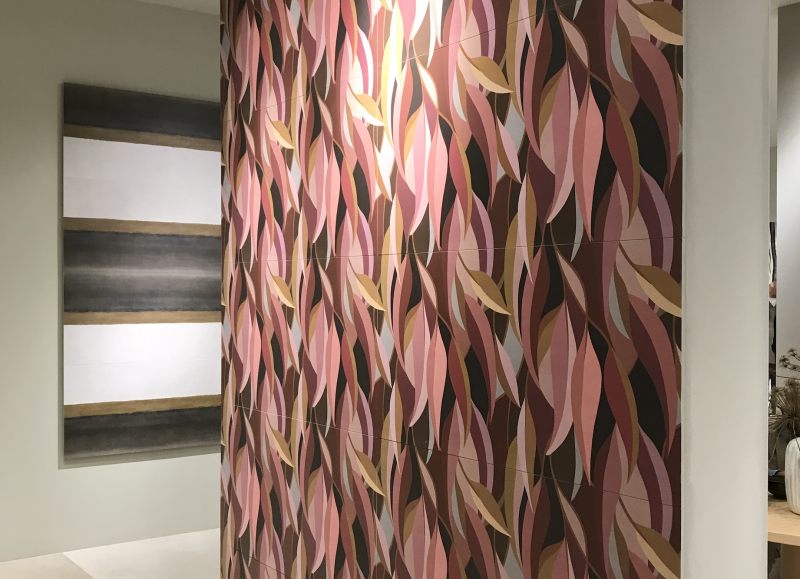
Tile from Imola
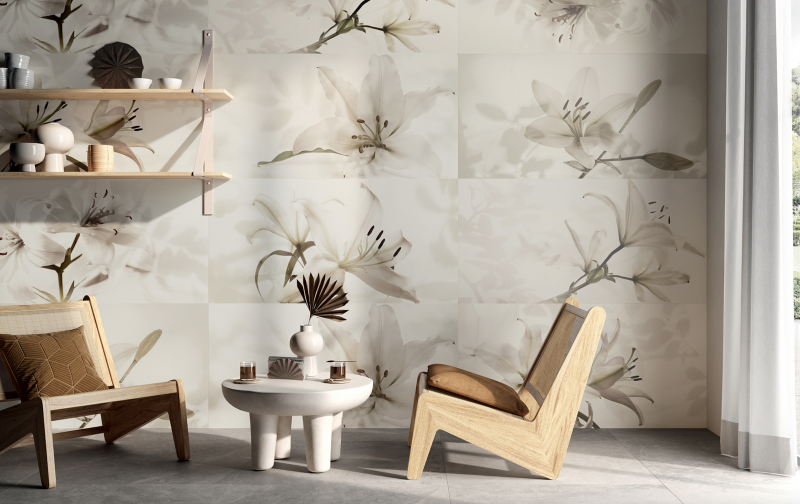
Tile from Gardenia Orchidea
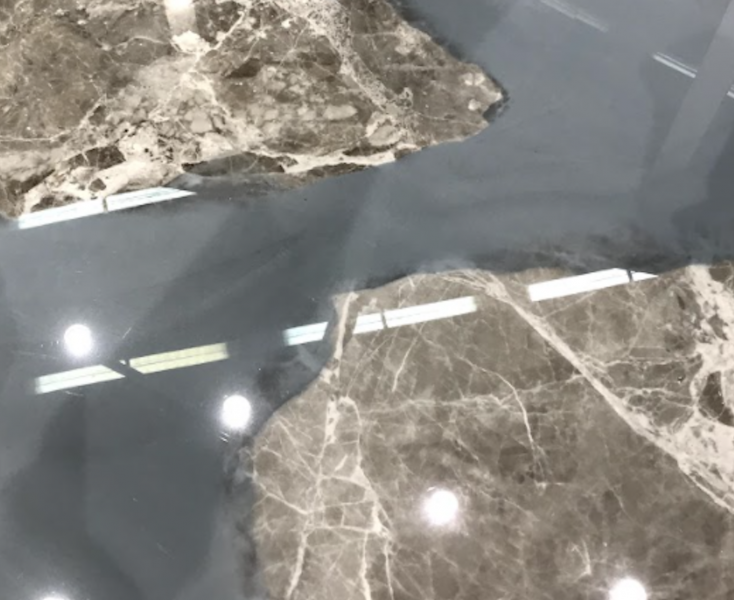
Tile from Provenzia

RANDOMIZATION AND UNEVEN INSTALL
While colors, textures, and graphics tend to be the defining characteristics of any particular type of tile, ceramic or otherwise, this year both install method and arrangement were allowed a bit of time in the spotlight in the form of uneven install and randomization.
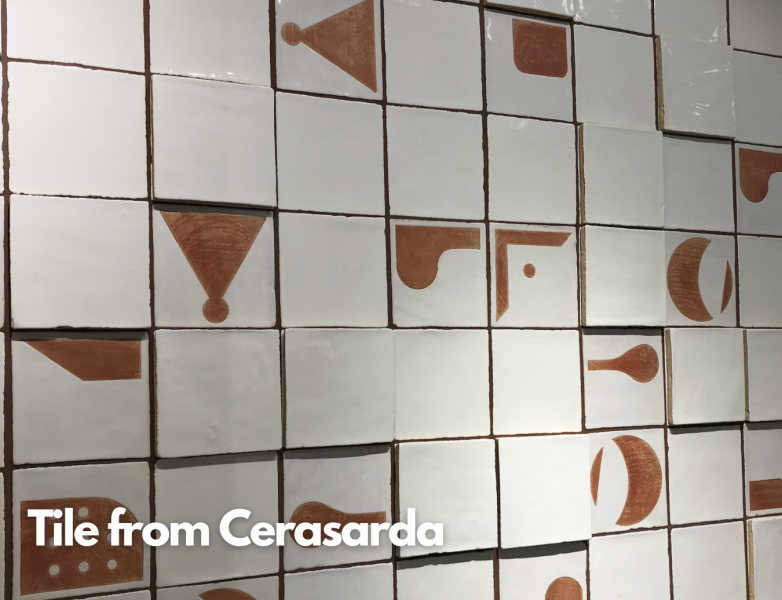 Uneven install refers to the intentional raised setting of tiles so that they protrude relative to the rest of the surface around them. This is achieved through installing varying thicknesses of tile or applying raisers to the backs of selected tiles before being set in mortar (please check with a manufacturer before attempting the latter). The effect was prominent among several large- and small-format collections, typically of the stone variety though not completely absent from more stylized designs. Cerasarda’s showcase of its small, hand-painted terra cotta tiles were installed such that some jutted as much as a quarter of an inch from the wall.
Uneven install refers to the intentional raised setting of tiles so that they protrude relative to the rest of the surface around them. This is achieved through installing varying thicknesses of tile or applying raisers to the backs of selected tiles before being set in mortar (please check with a manufacturer before attempting the latter). The effect was prominent among several large- and small-format collections, typically of the stone variety though not completely absent from more stylized designs. Cerasarda’s showcase of its small, hand-painted terra cotta tiles were installed such that some jutted as much as a quarter of an inch from the wall.
The popularity of protruding tiles is indicative of the newfound appreciation for blatant asymmetry seemingly apparent in the world of ceramic tile and seen also in the variety and arrangement of tile accents. Where repeating patterns and uniform shapes have long helped guide the mainstream of tile (as well as home) design, a prevailing counter attitude to that predictability this year has resulted in installs featuring seemingly random placed accents (often of not only a contrasting color but texture) as well as designs with randomness incorporated. The trend appears across varying shapes and styles of tile, from small shower surfaces to pavers.
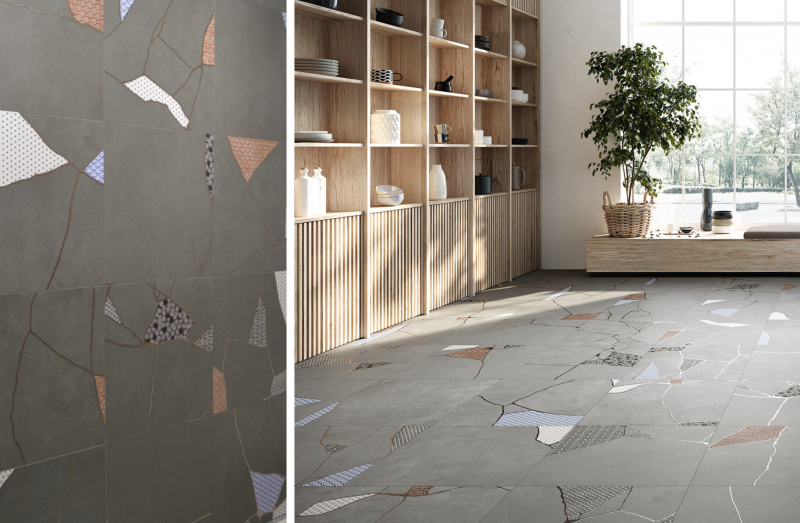
Tile from Ceramica Fioranese
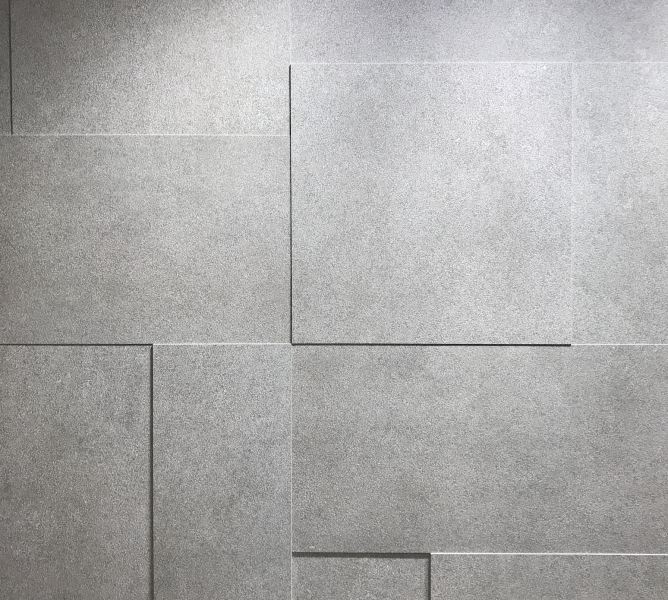
Tile from Florim
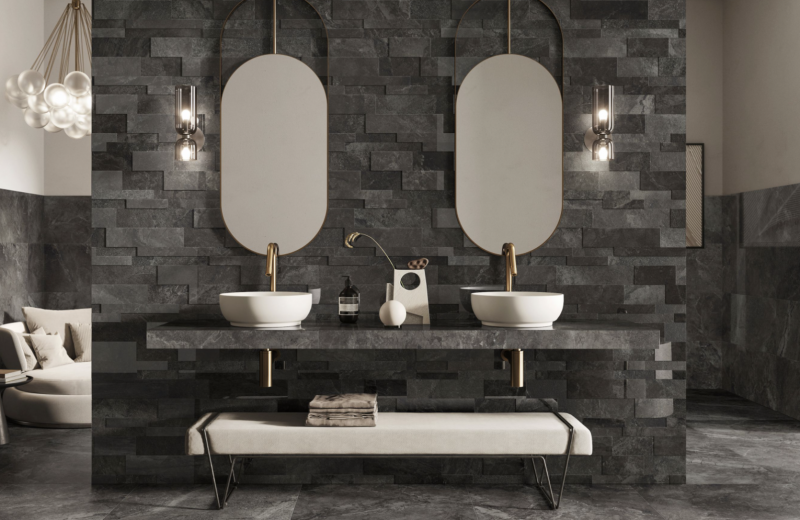
Tile from Refin
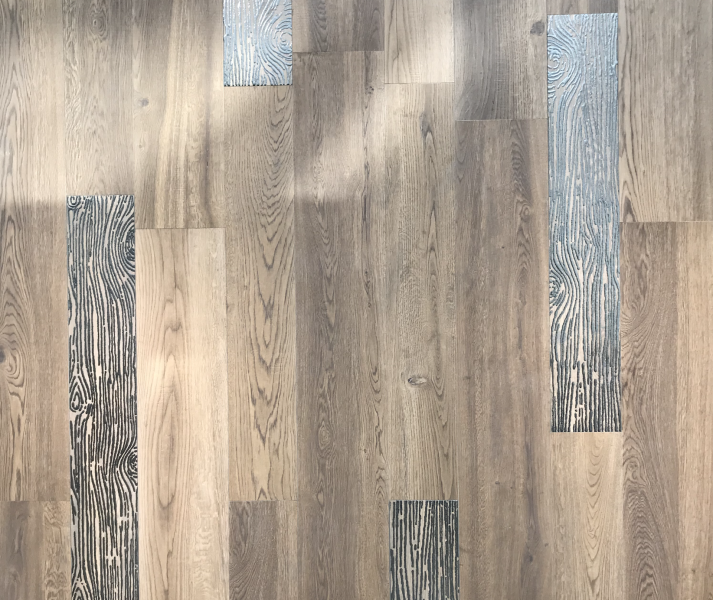
Tile from ABK
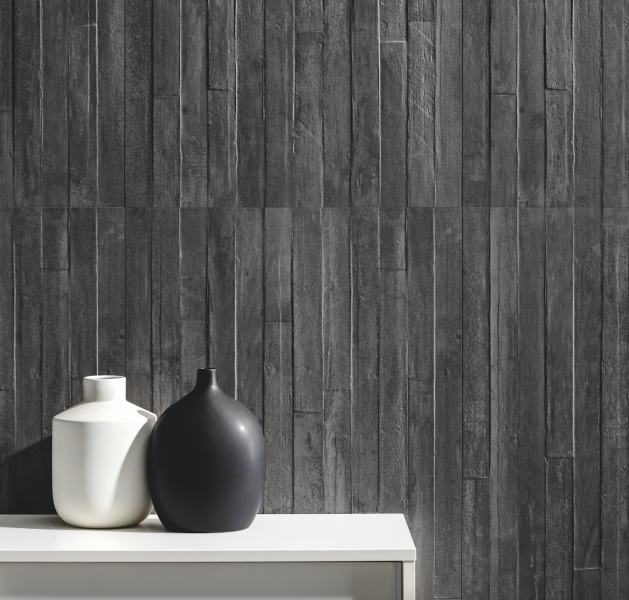
Tile from Provenzia
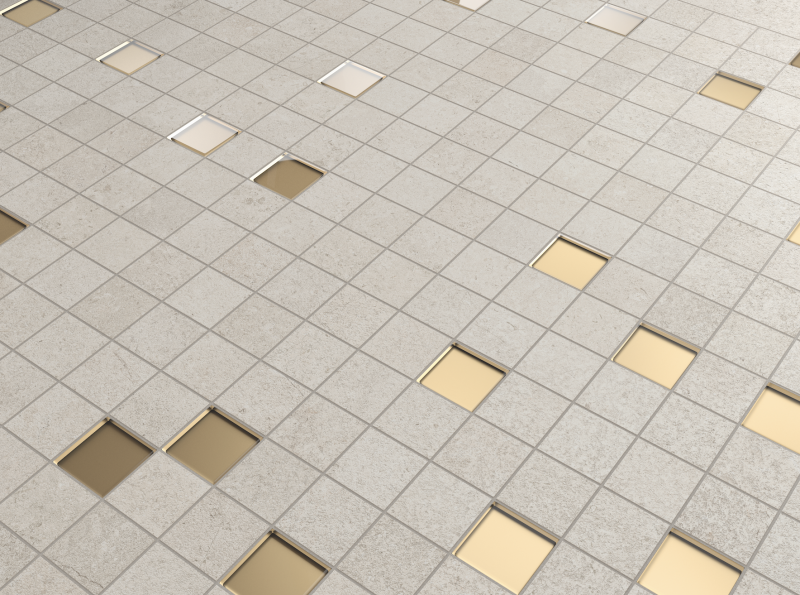
Tile from LaFaenza

TILE AS ART
A final trend defining the styles present at this year’s Cersaie was a newfound appreciation for tile as not only an aesthetically pleasing surface covering, but as actual art. Most notably, this has taken the form of muraling, a next step in the evolution of tile wallpaper, typically featuring continuous and connected botanical graphics as well as layered finishes and textures.
Speaking to the elevation of creativity present in current mural designs, Fap, describing its own designs as “an expression of the most exuberant fantasies fueled by maximum creativity,” said in a statement that ceramic wall tiles have “become a furnishing element in their own right,” and specifically of its large slabs, “the collection … (is) a stylistic and architectural feature capable of furnishing and full expressing the personality of those who inhabit the spaces.”
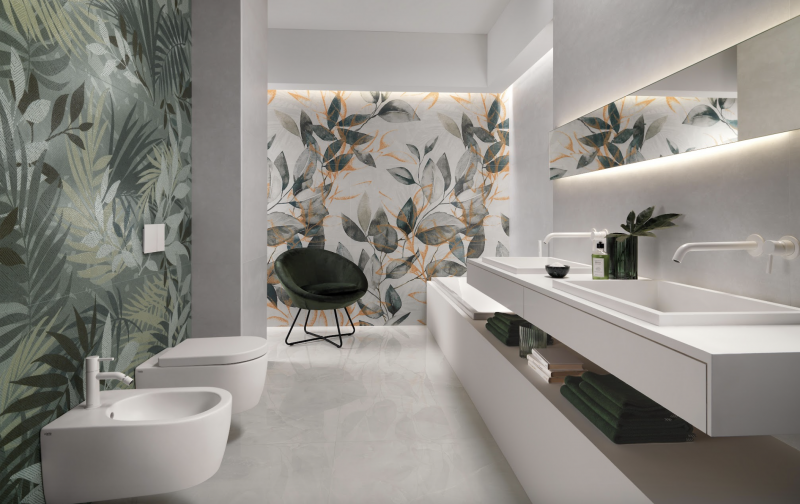
Tile from Fap Ceramiche
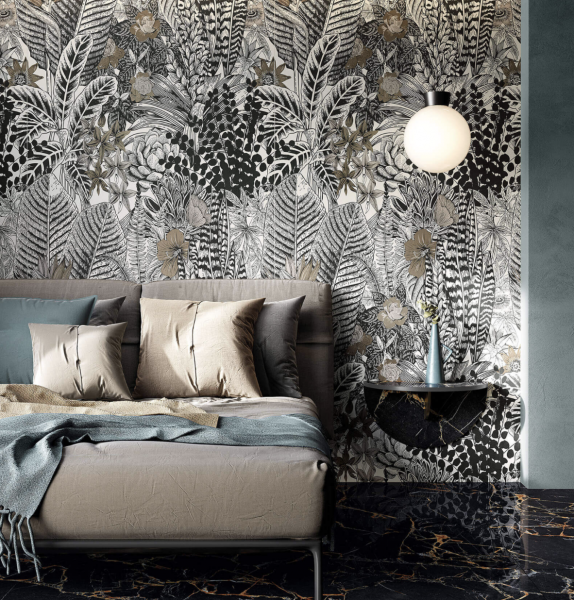
Tile from ABK
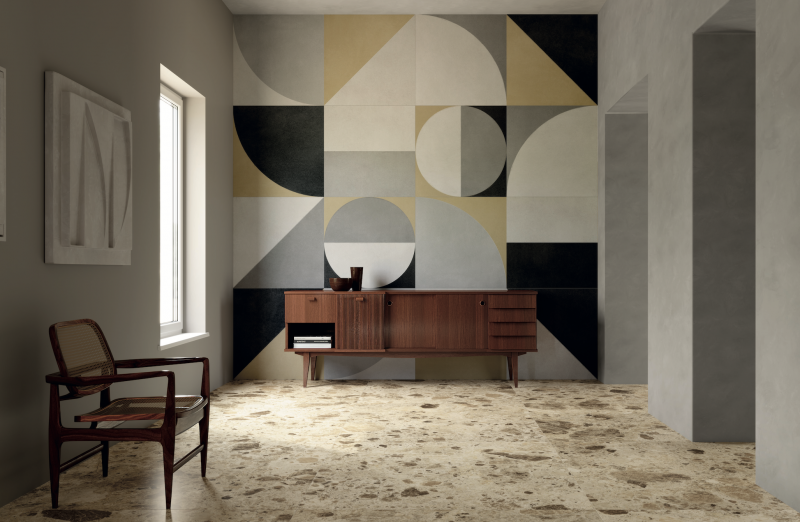
Tile from Fap Ceramiche
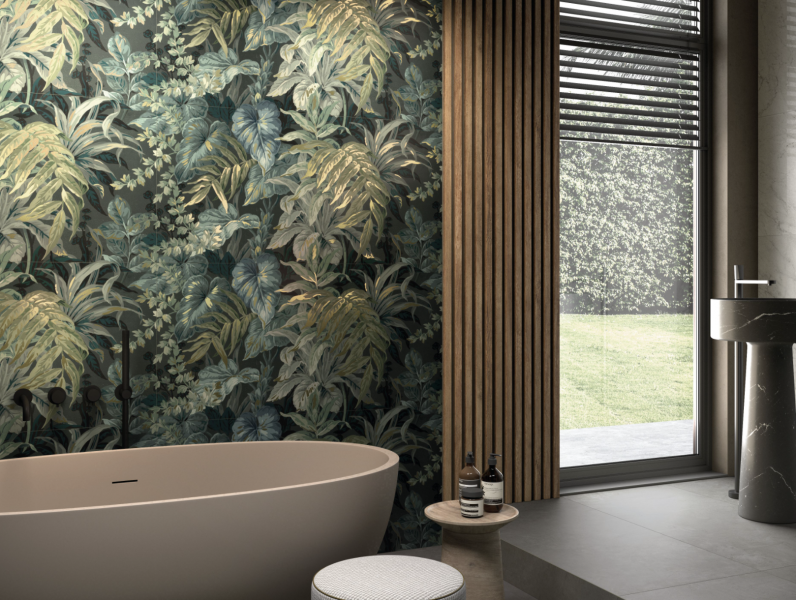
Tile from LaFaenza

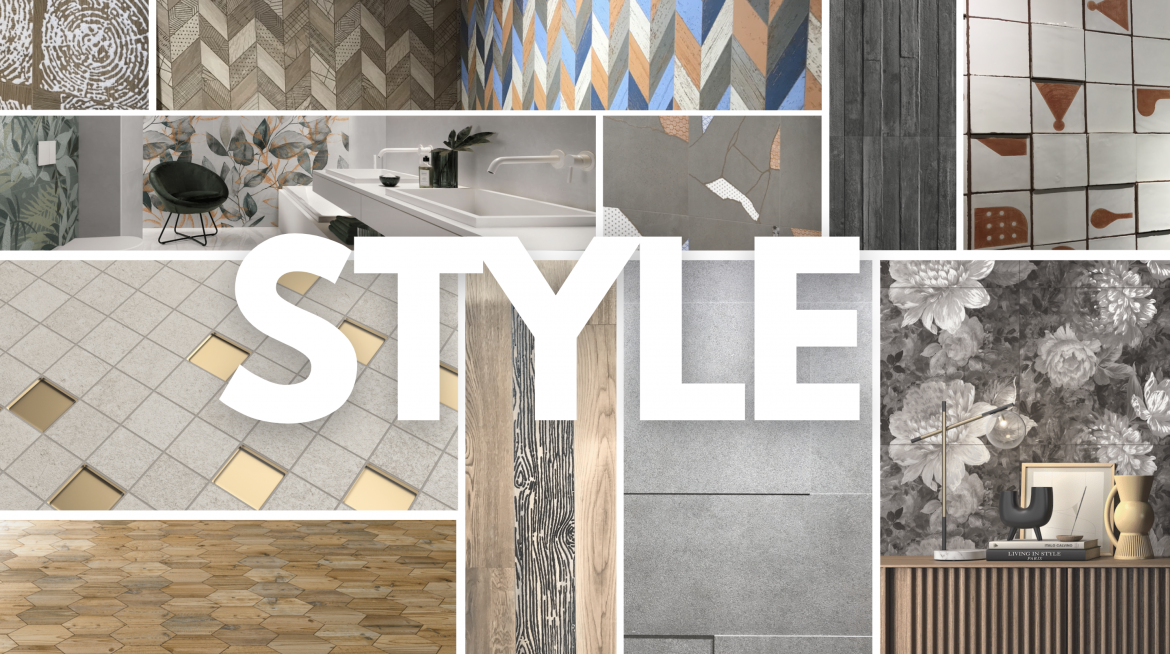

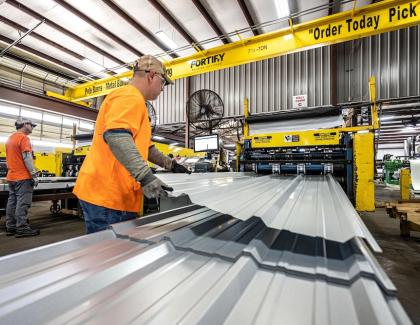
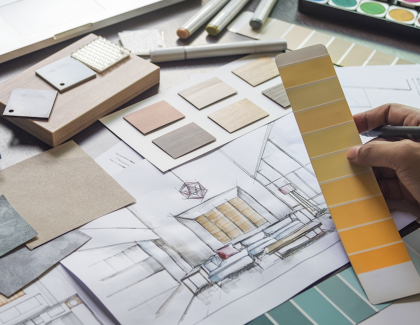
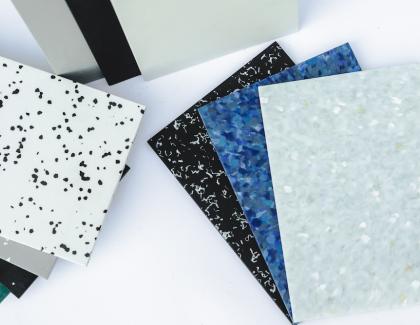
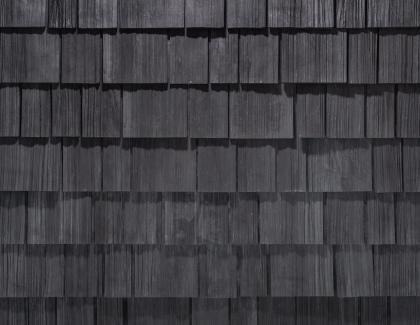
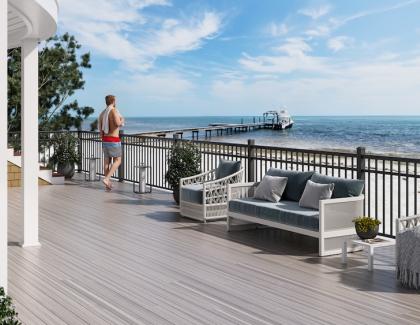
Add new comment